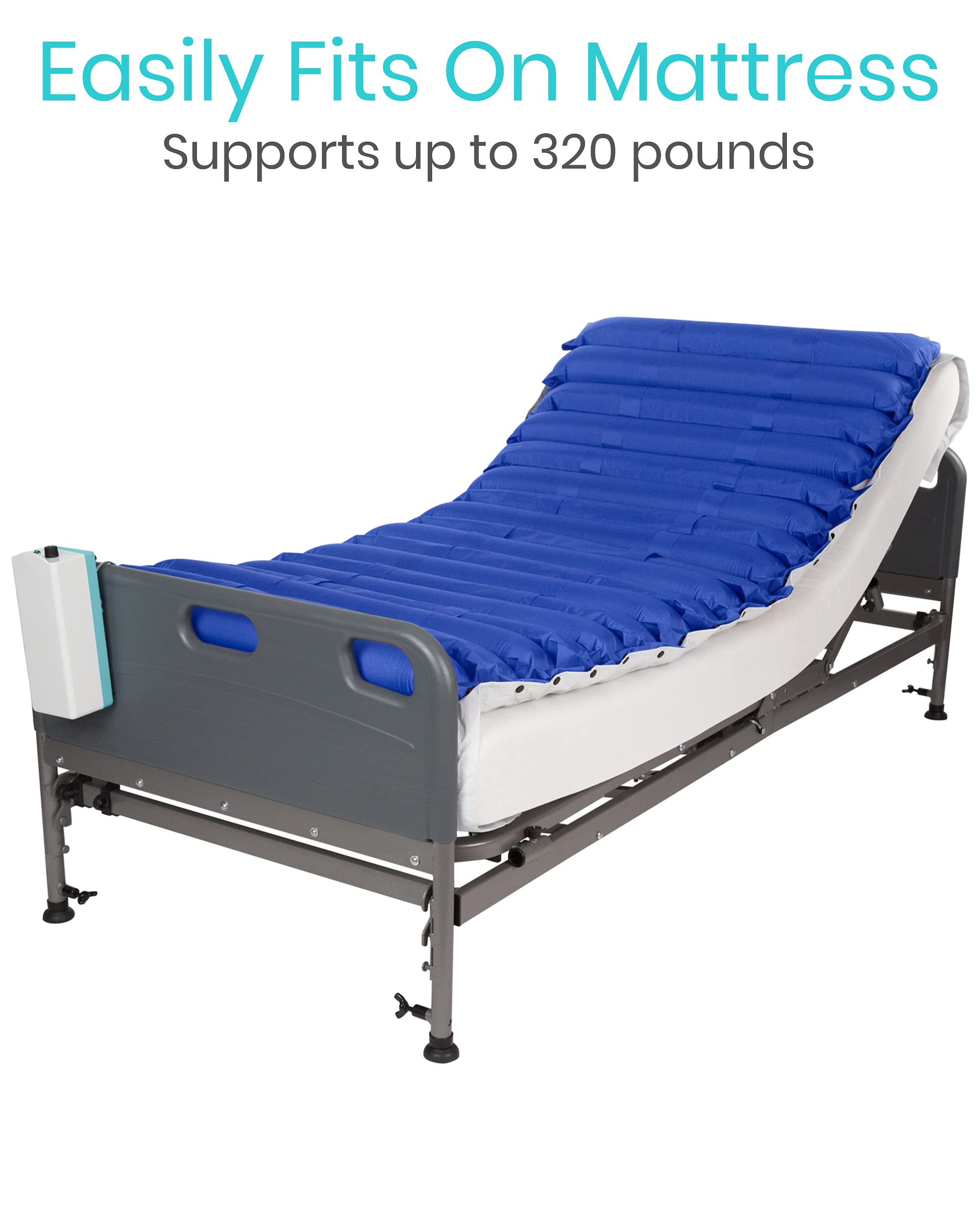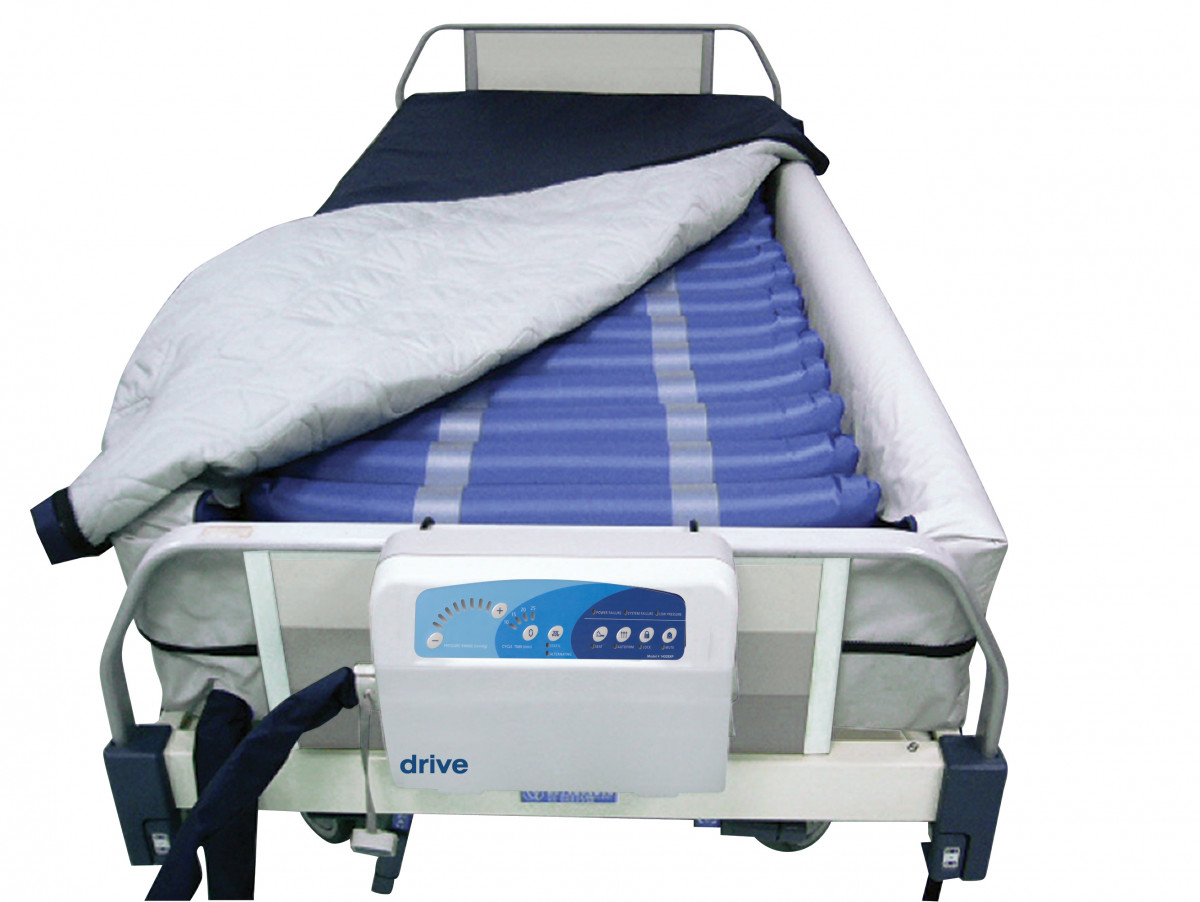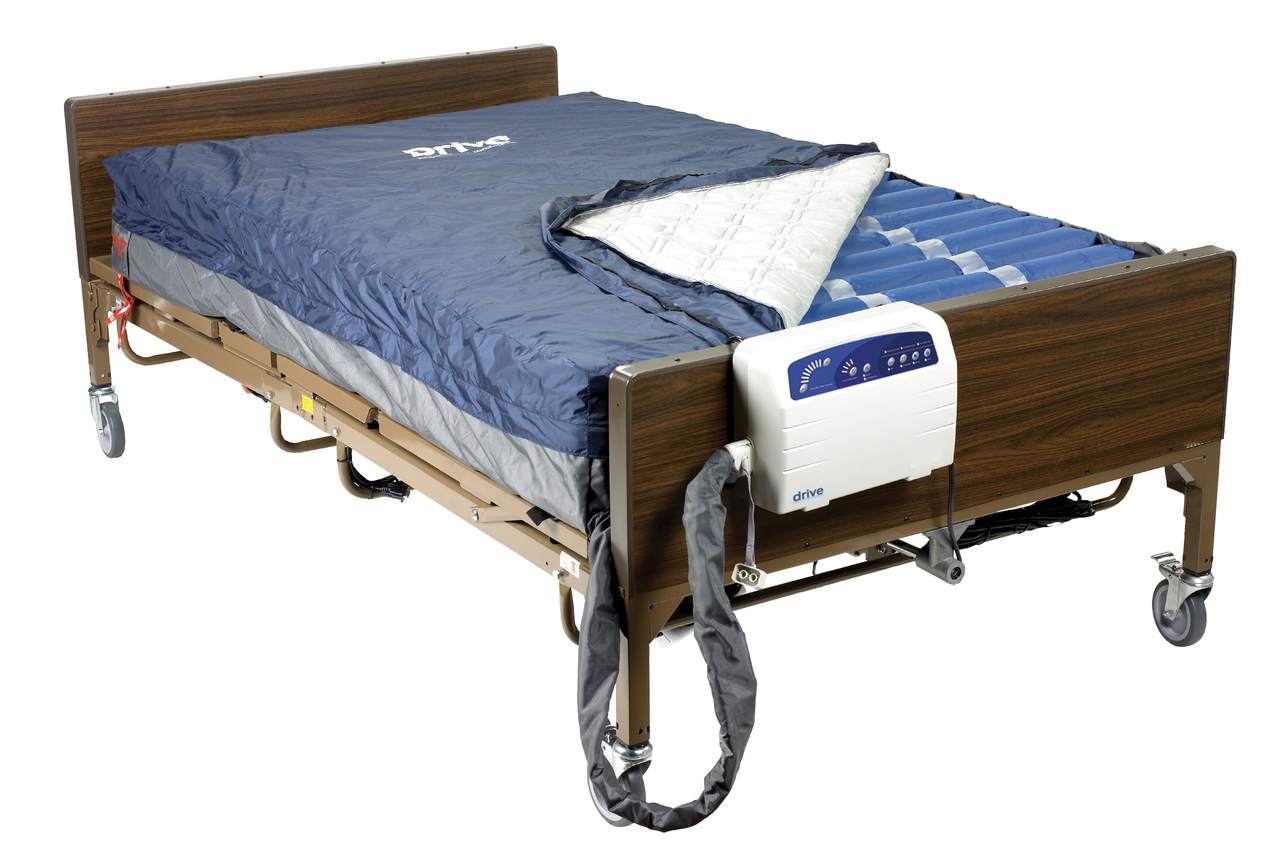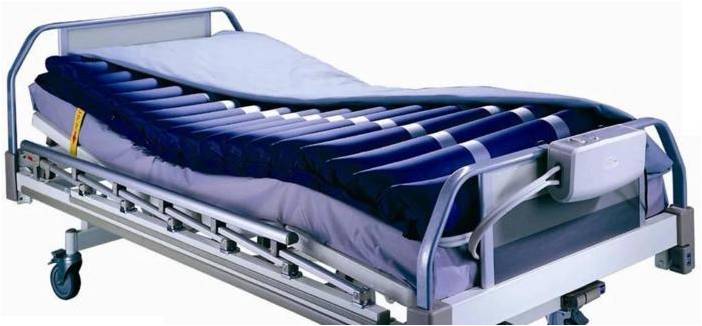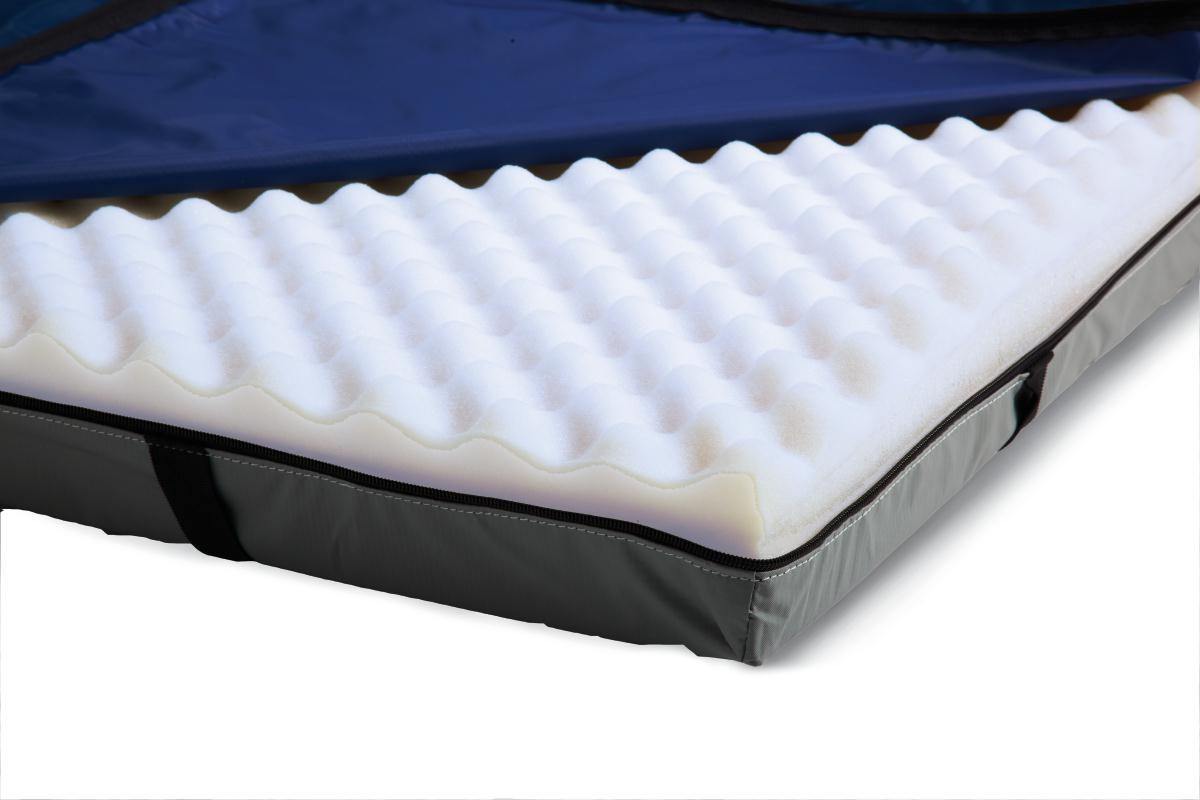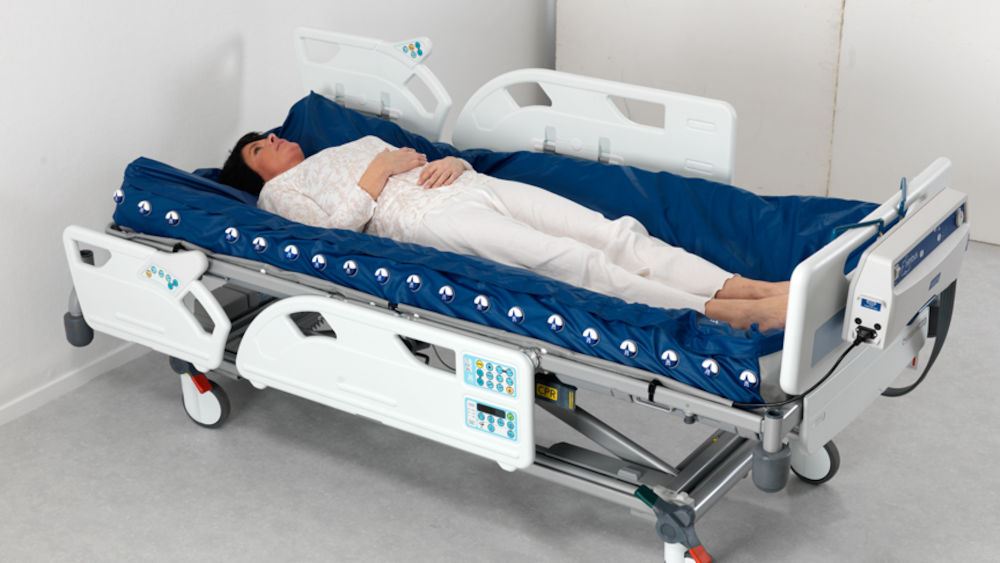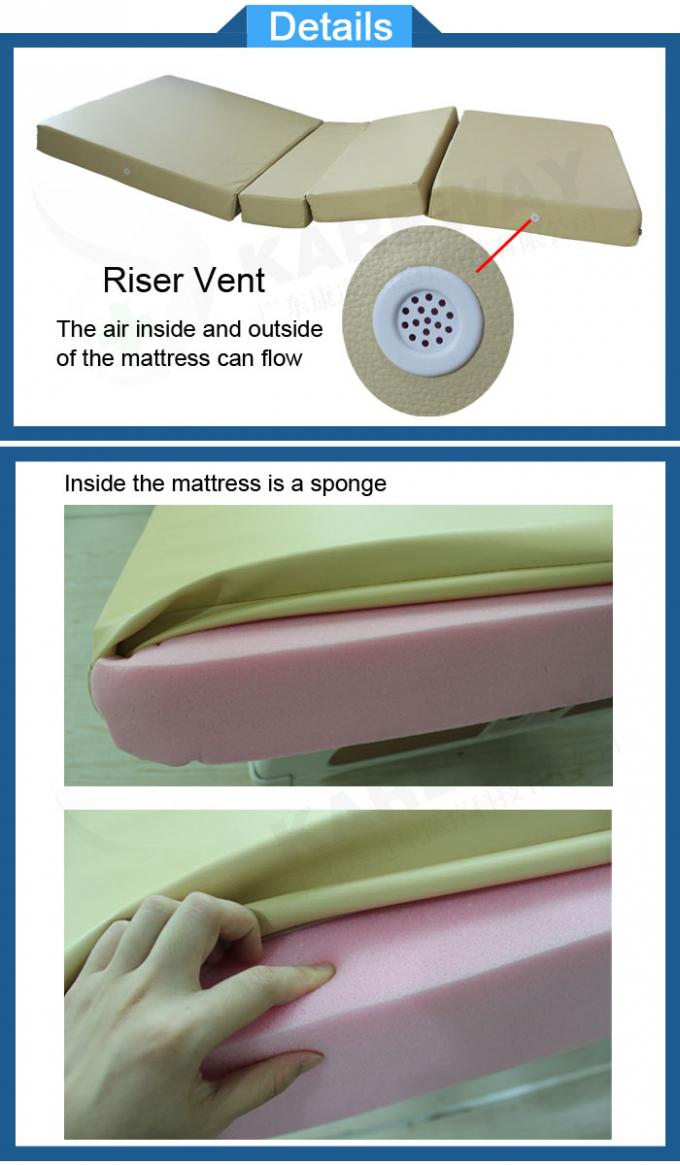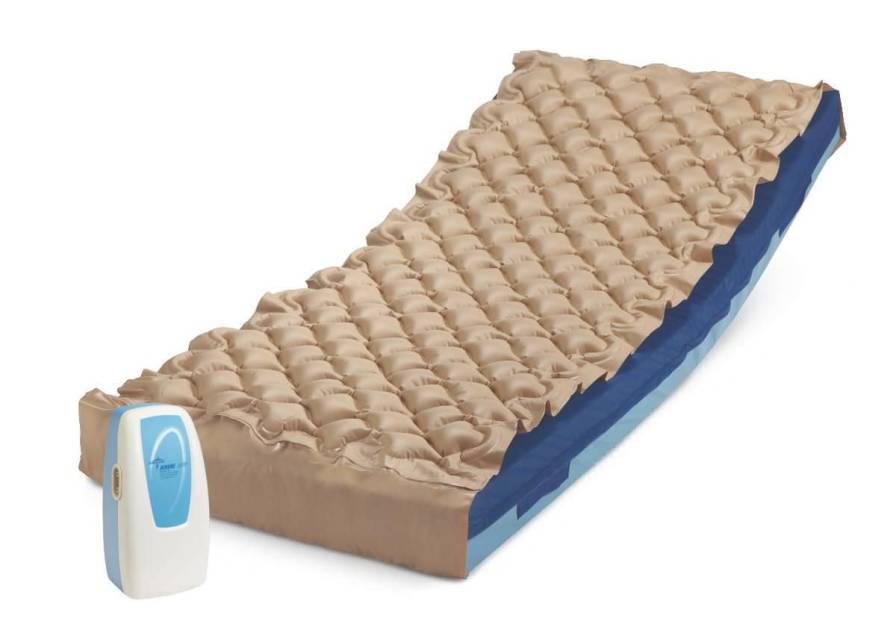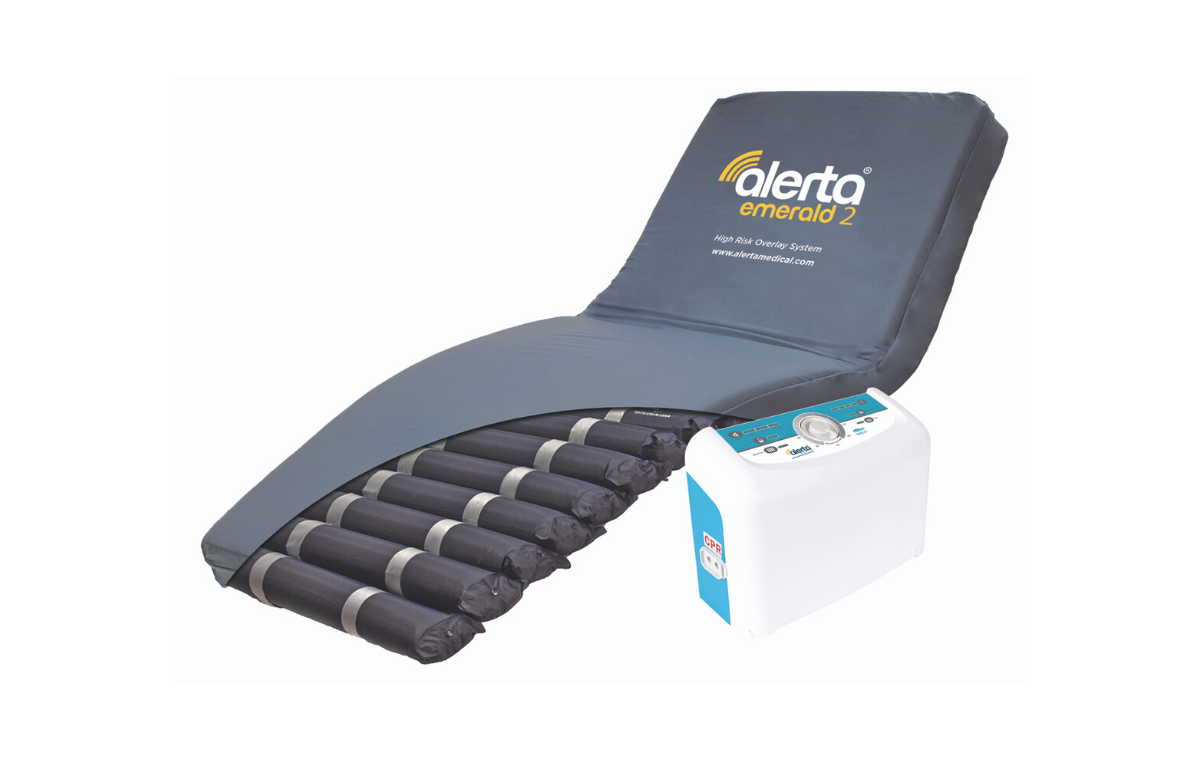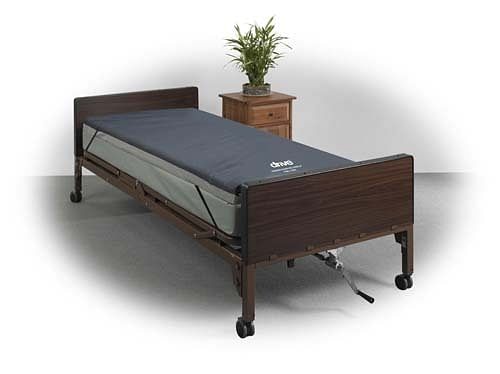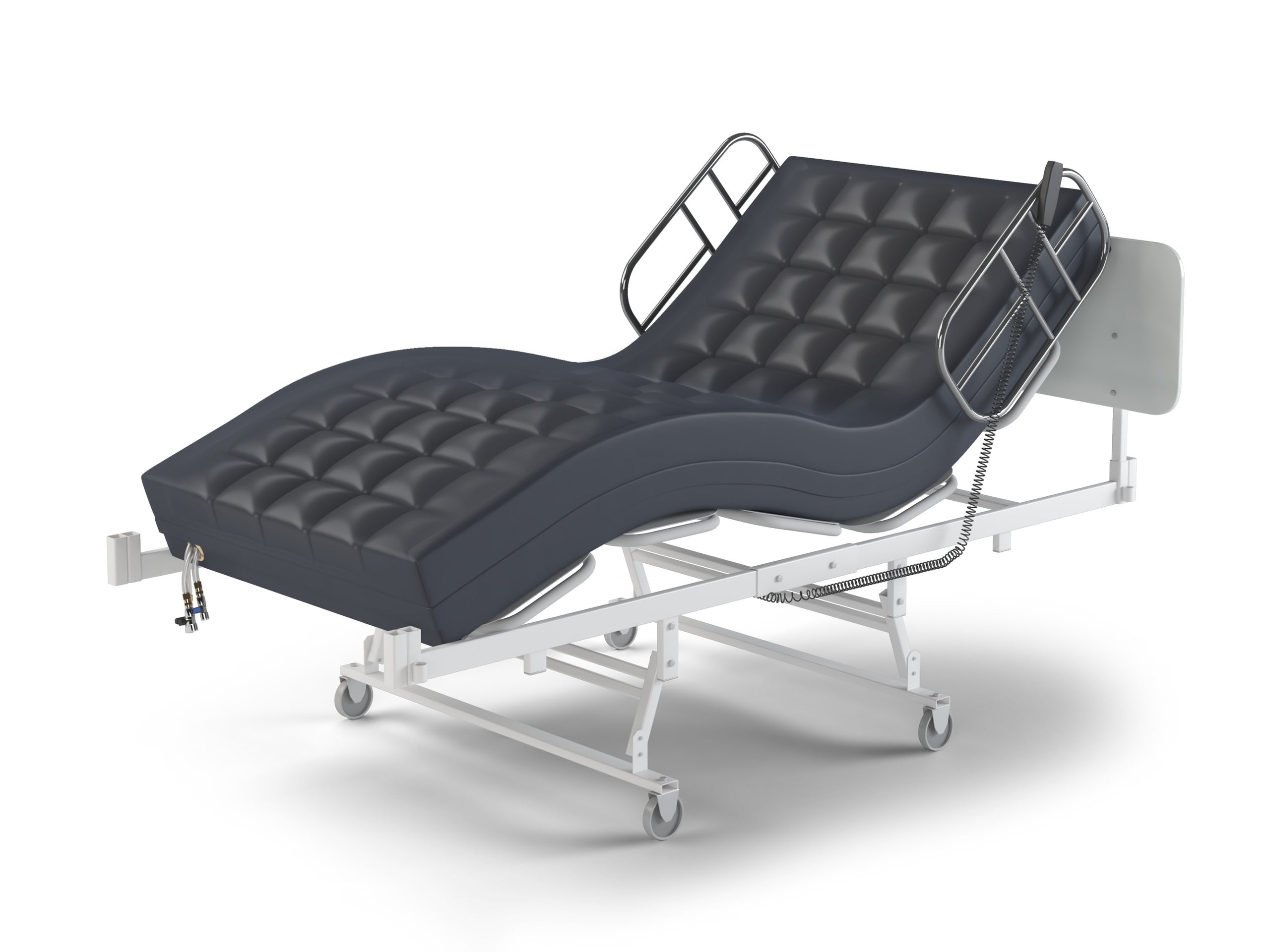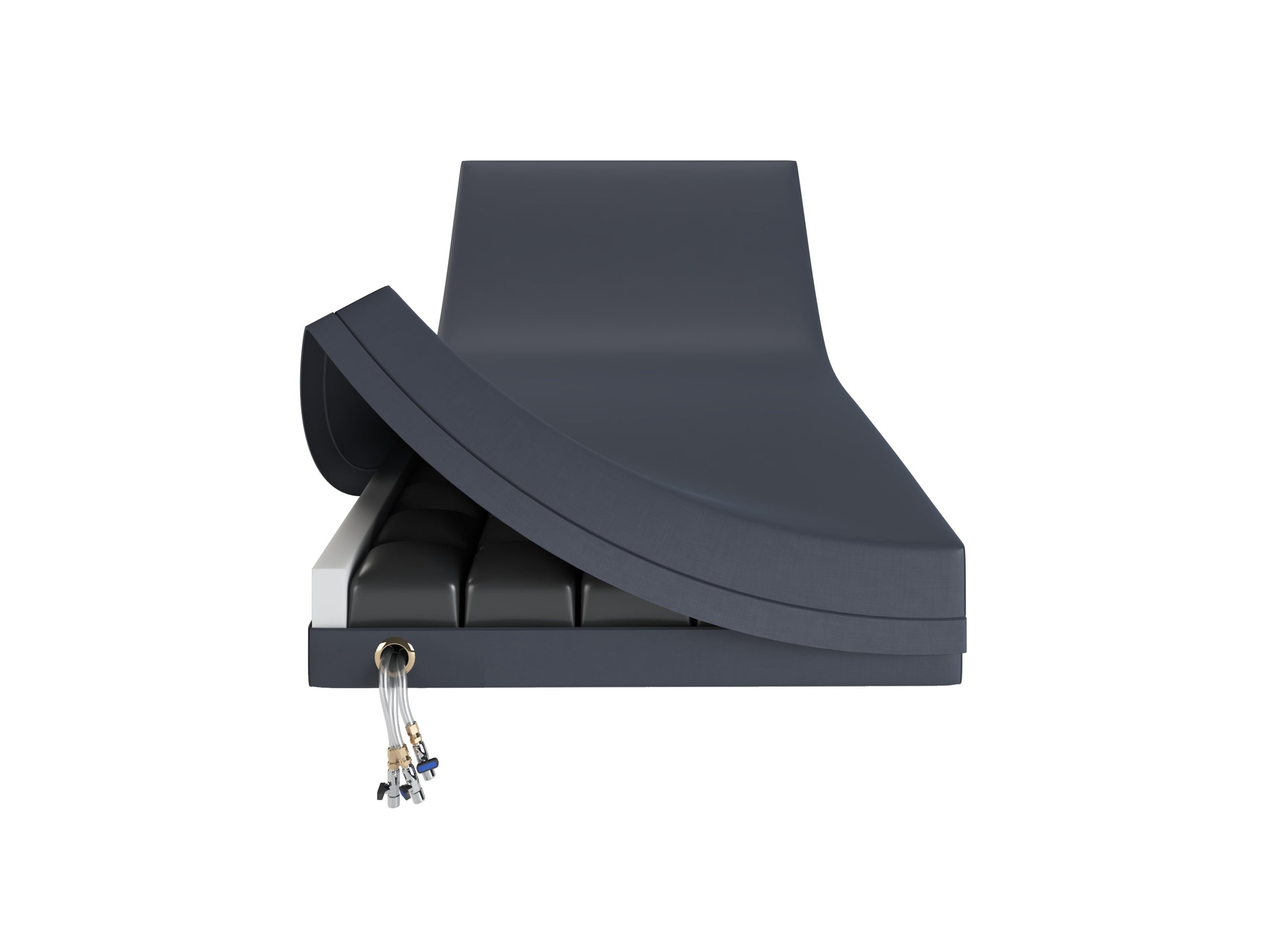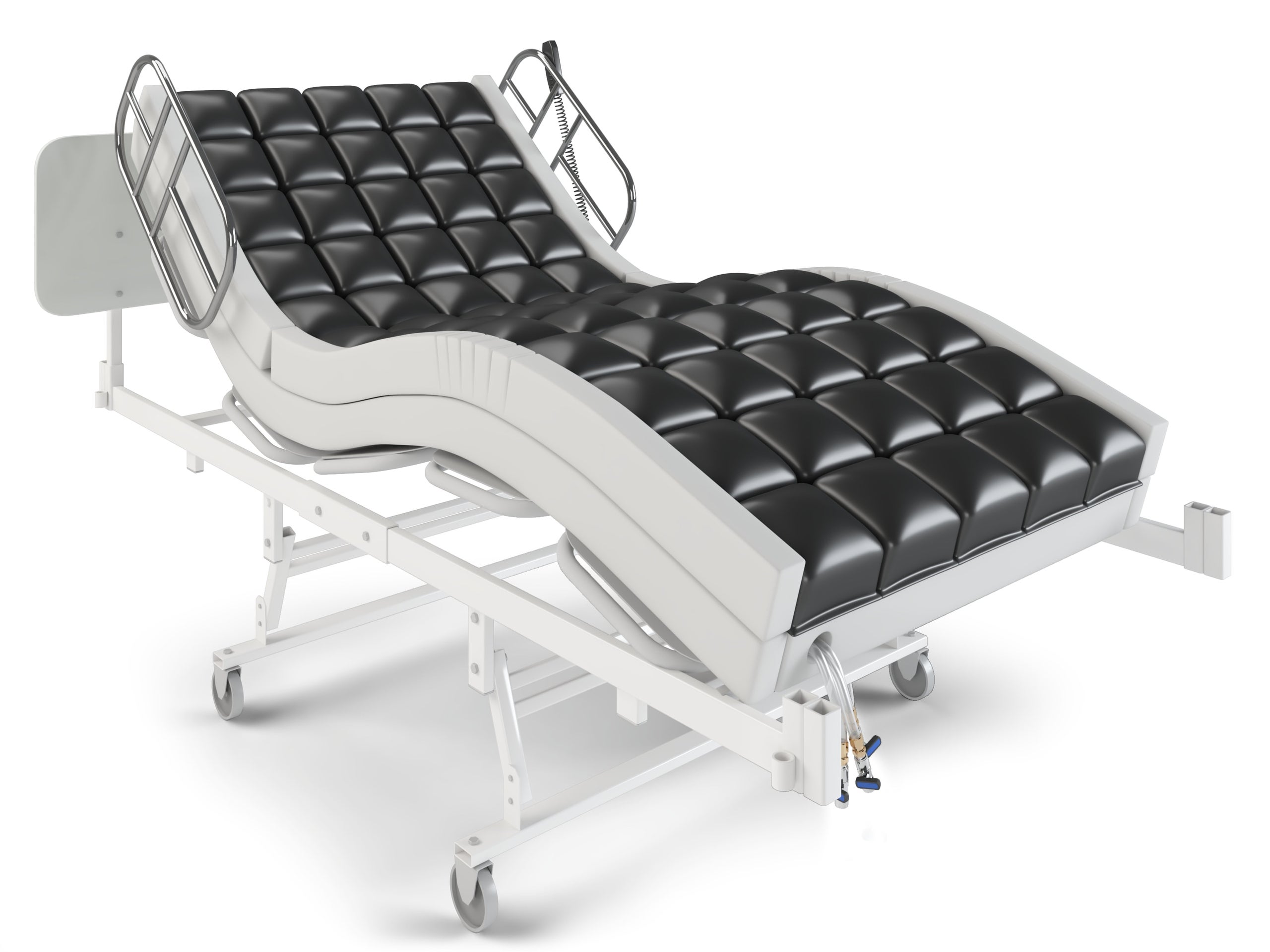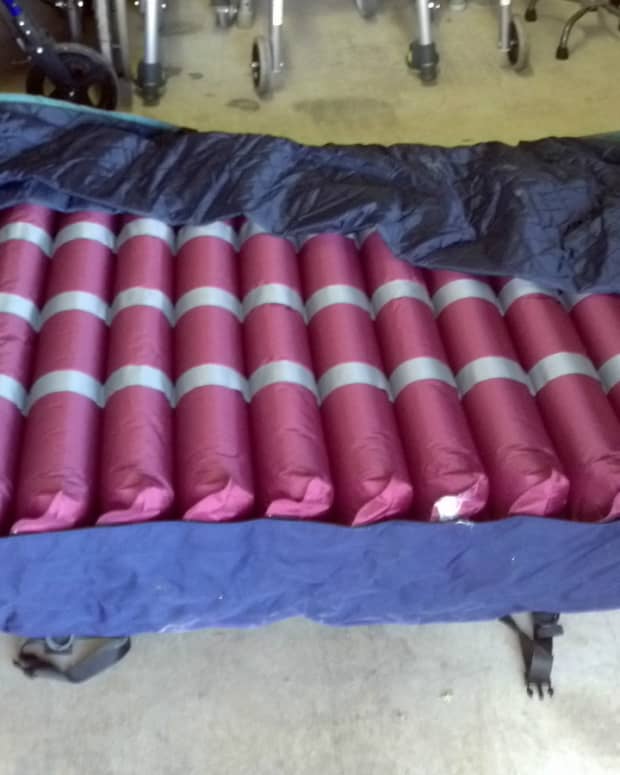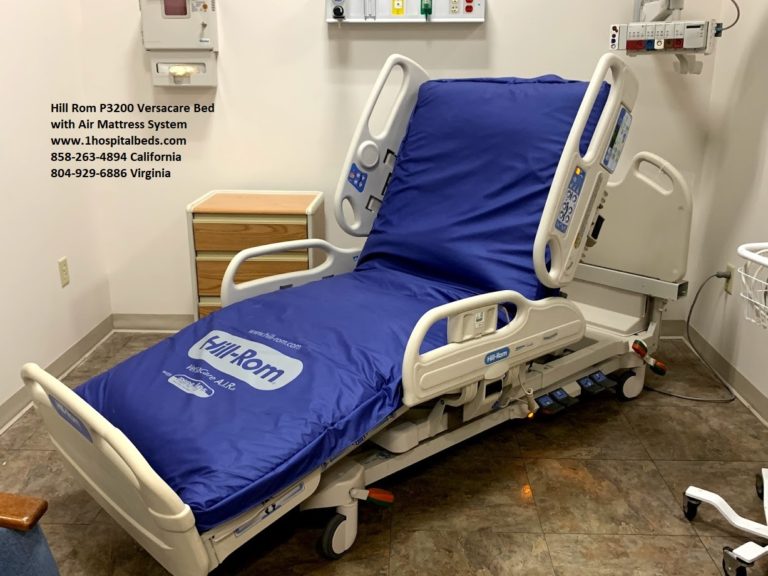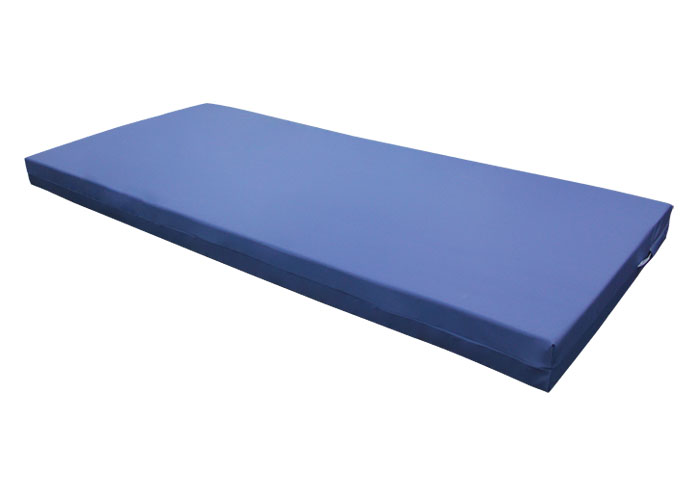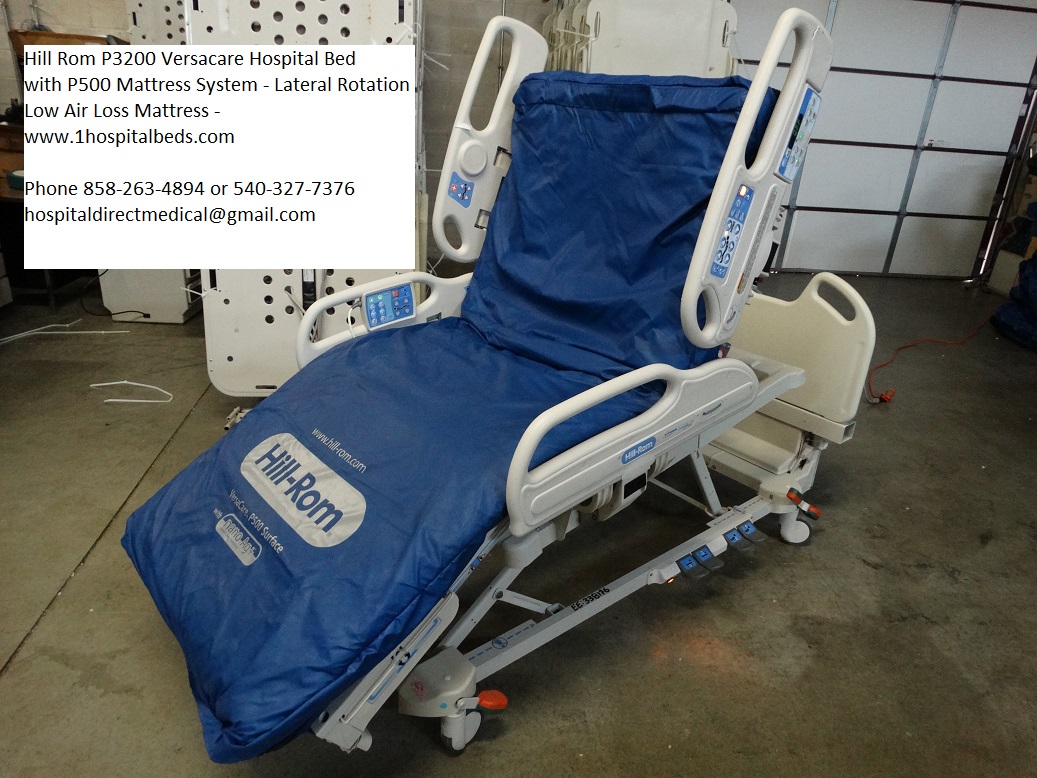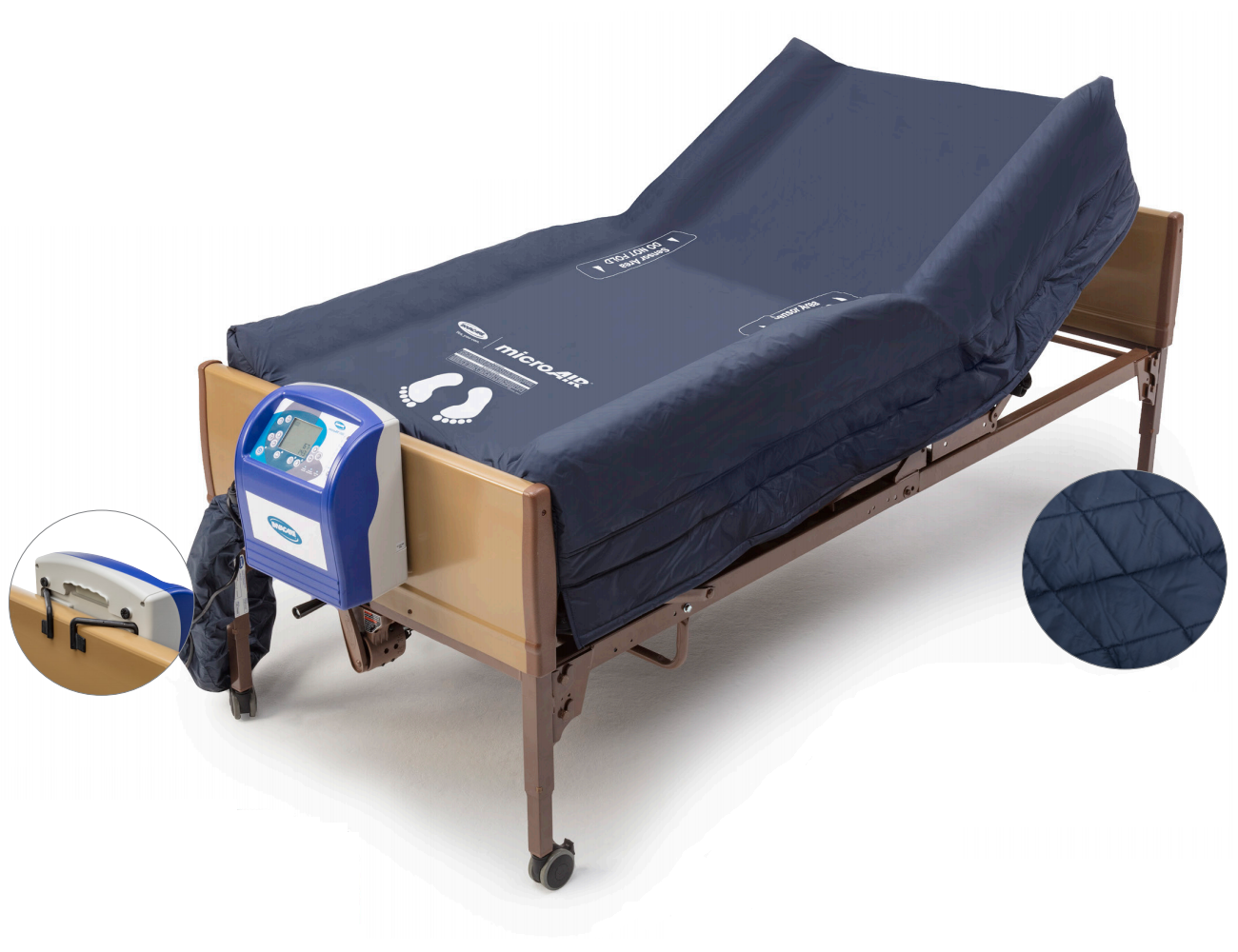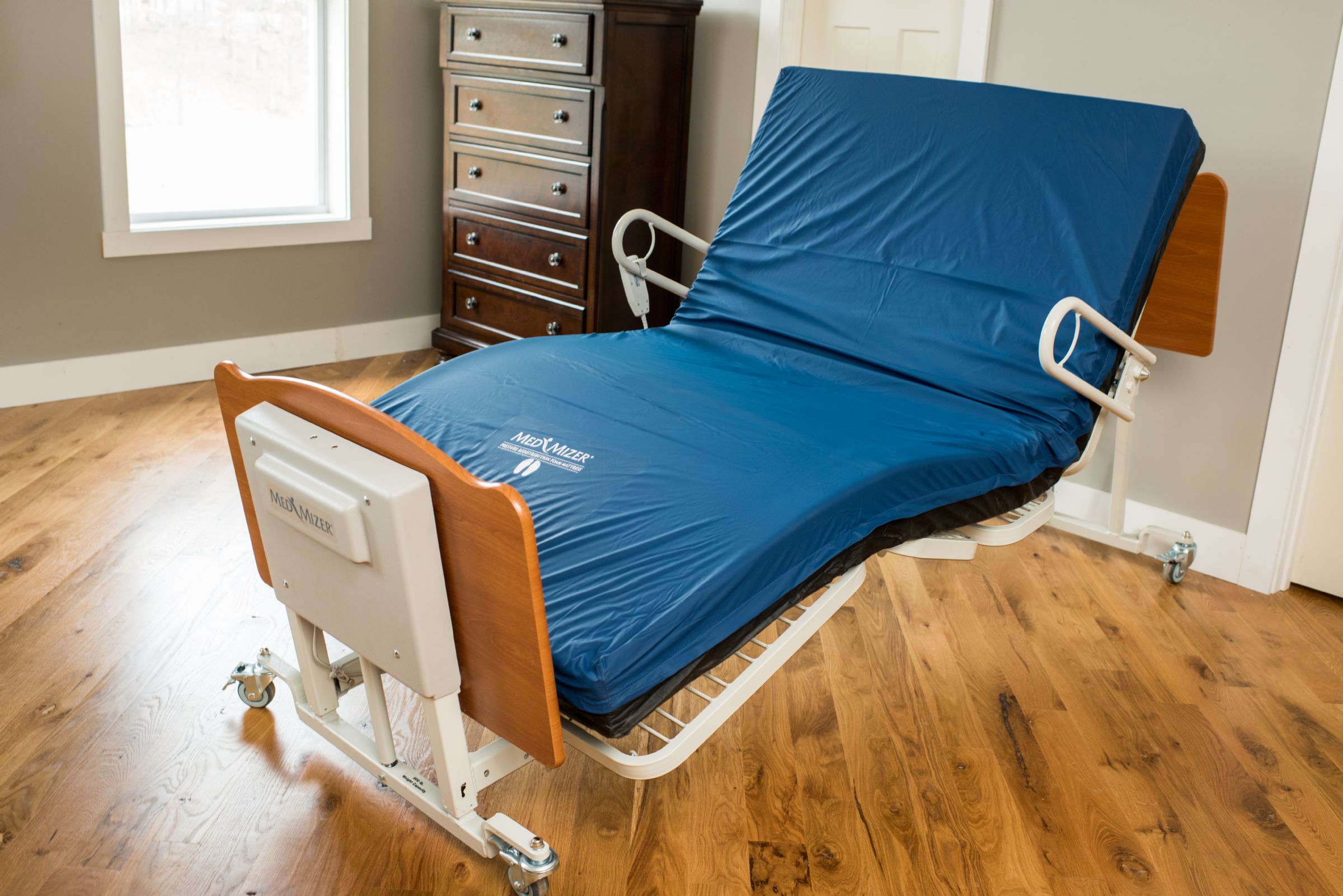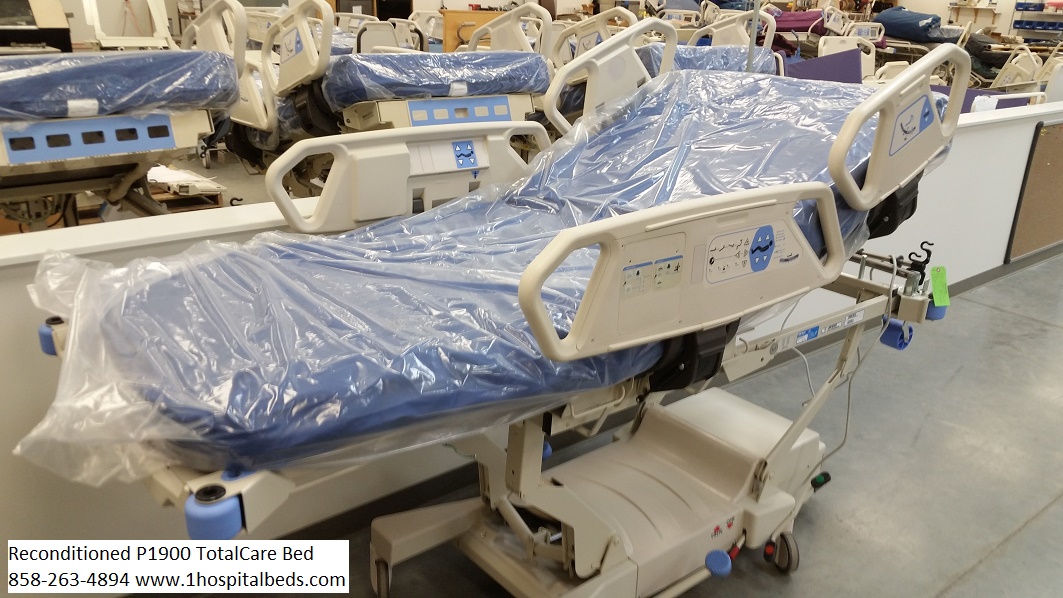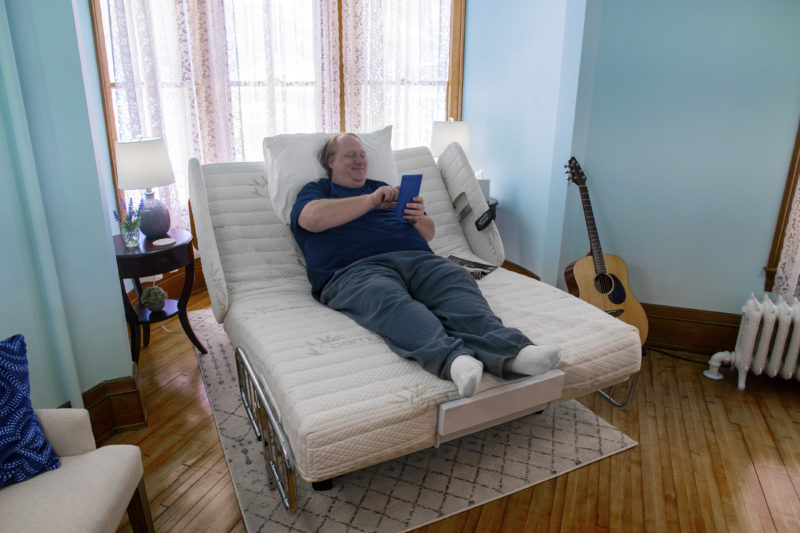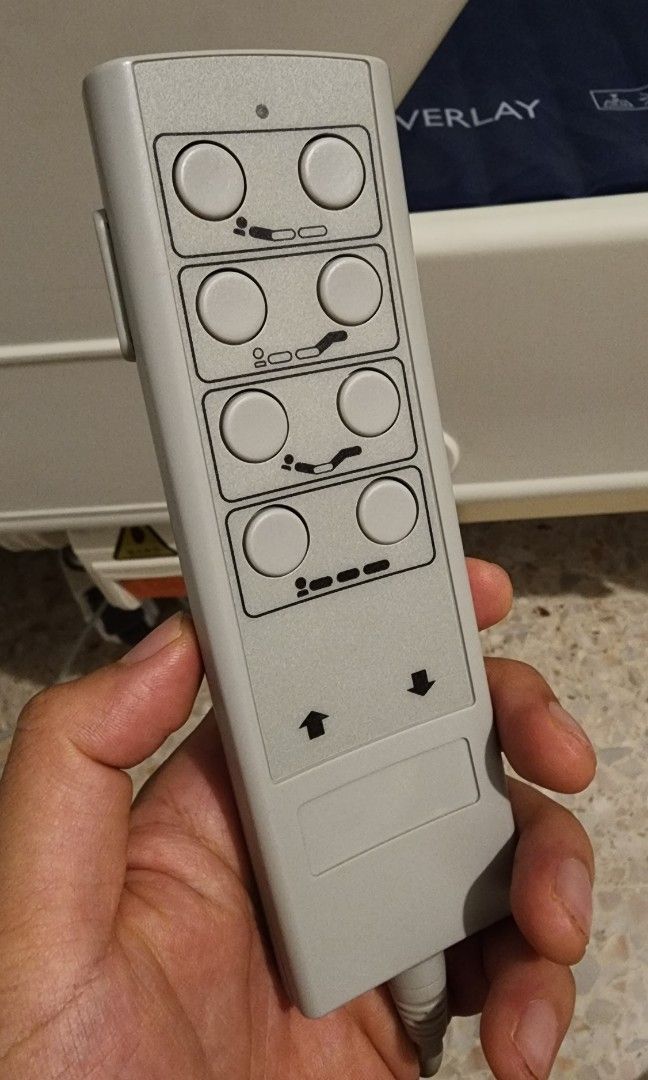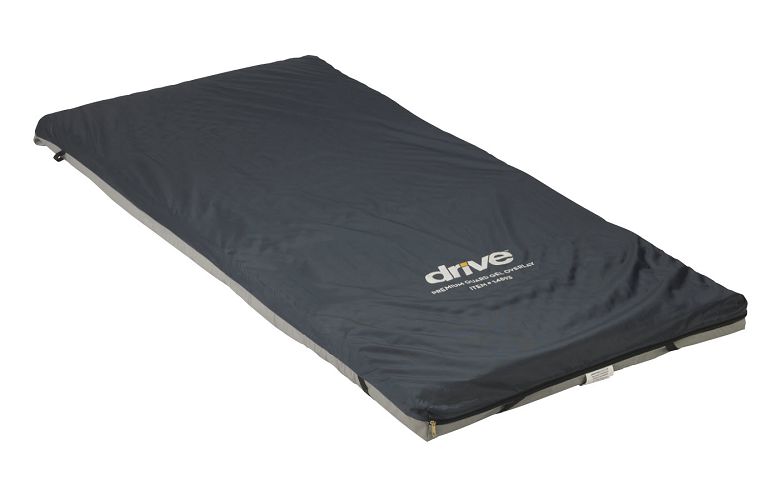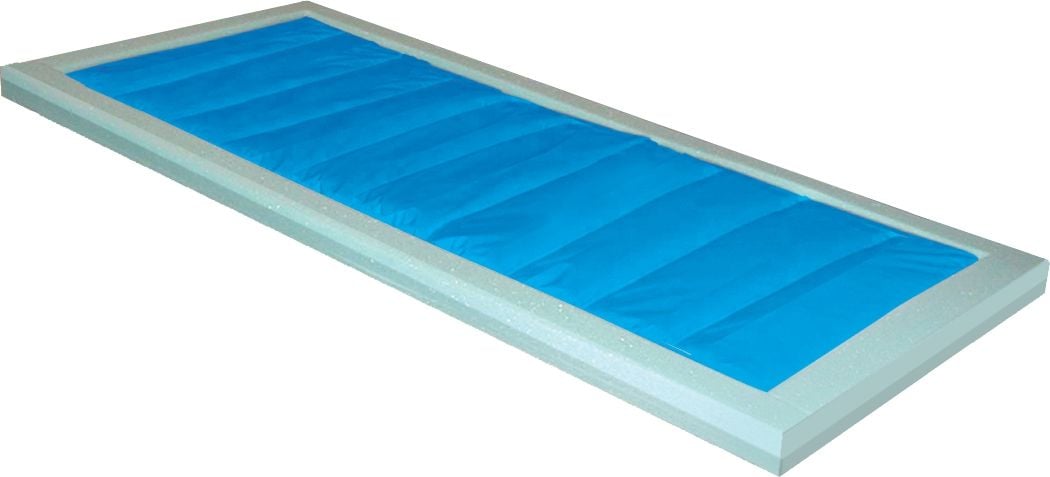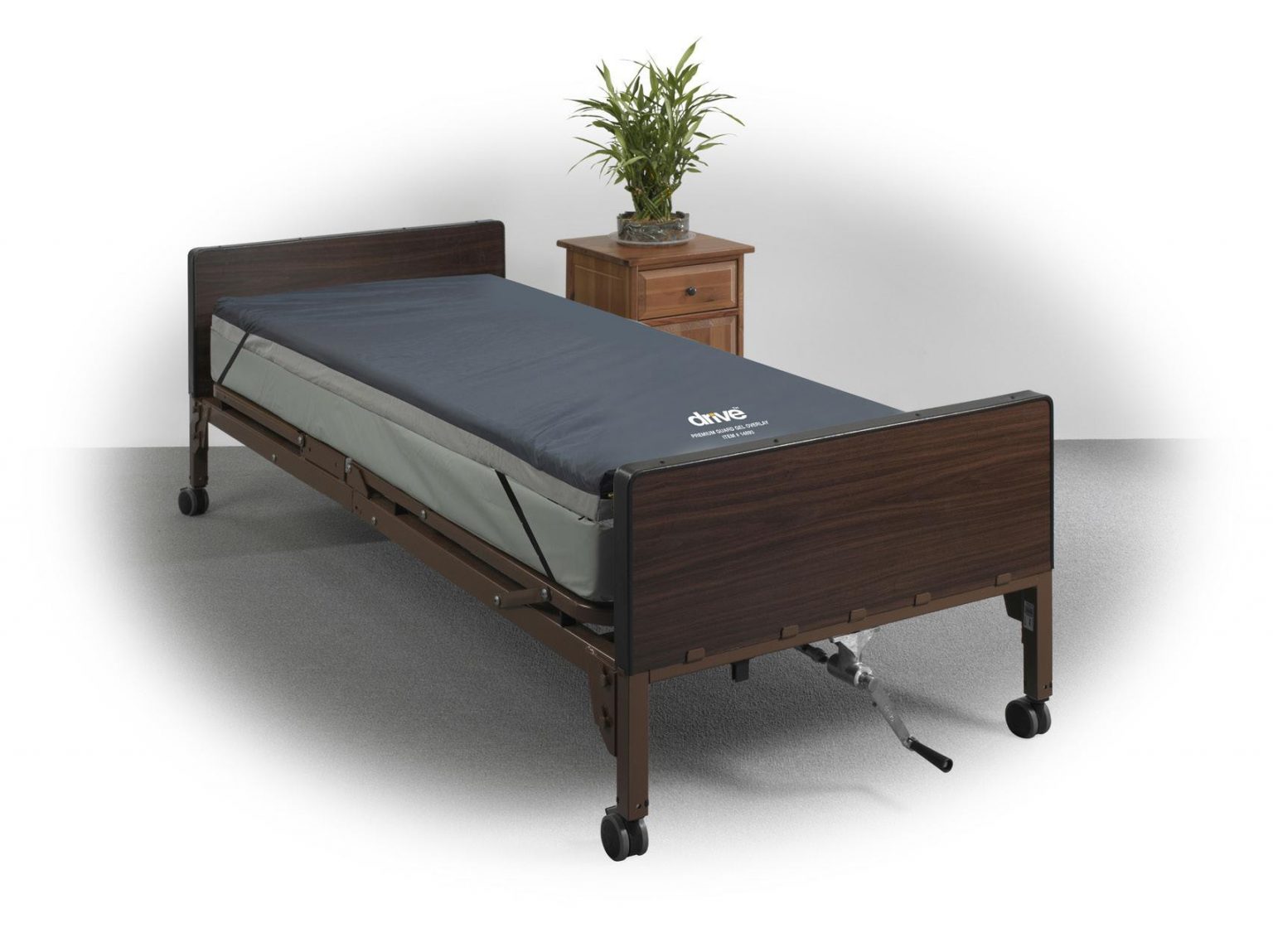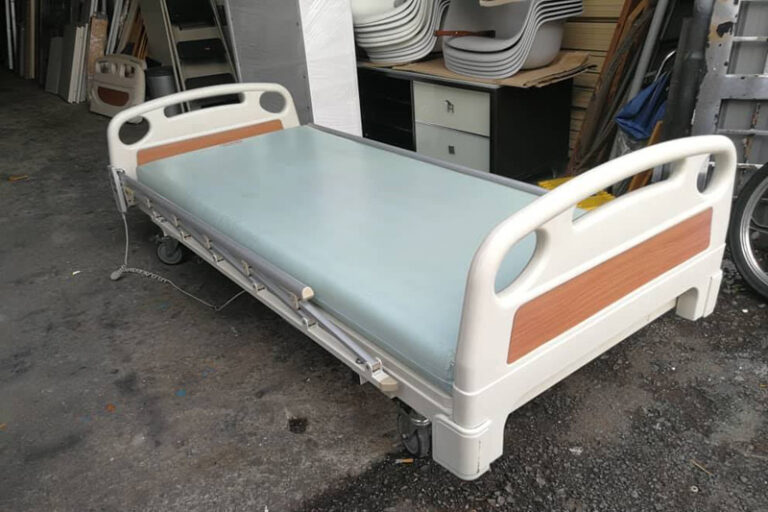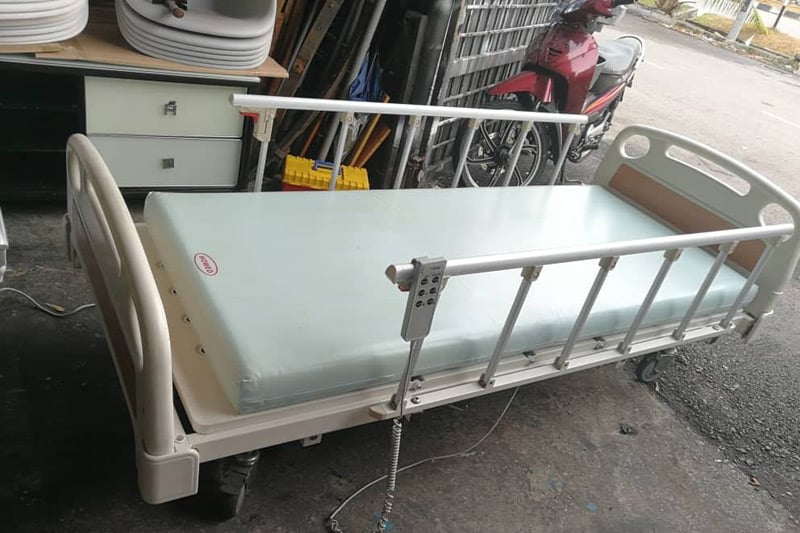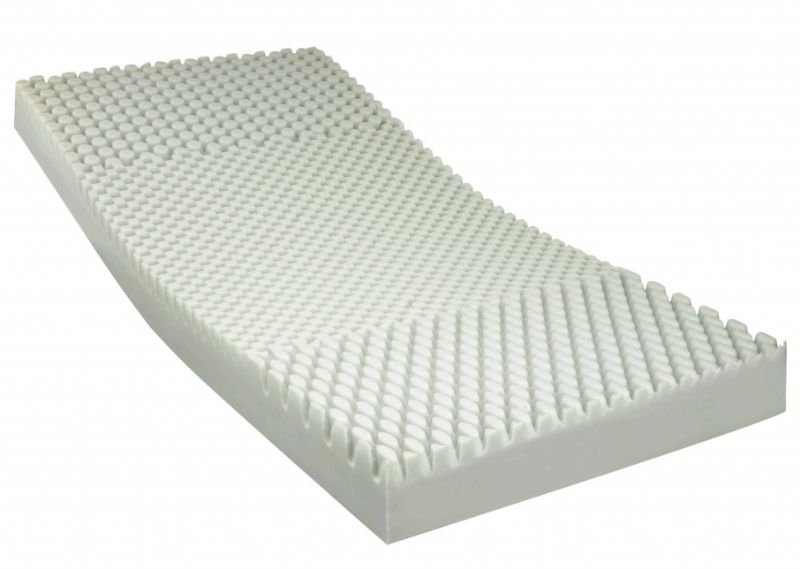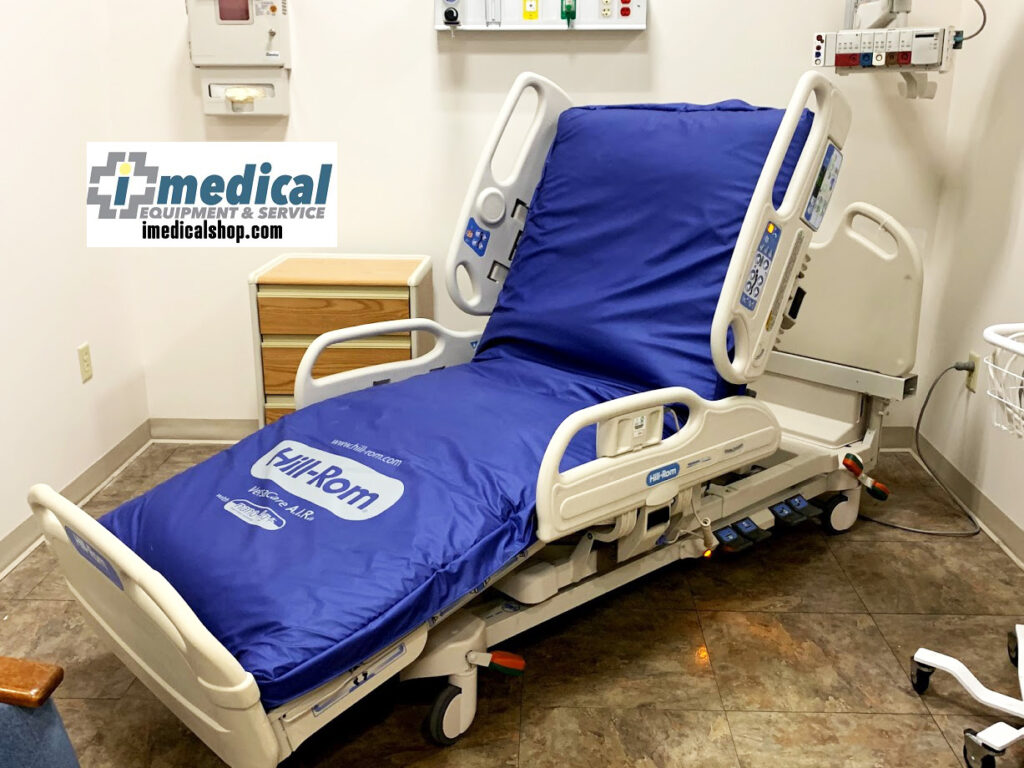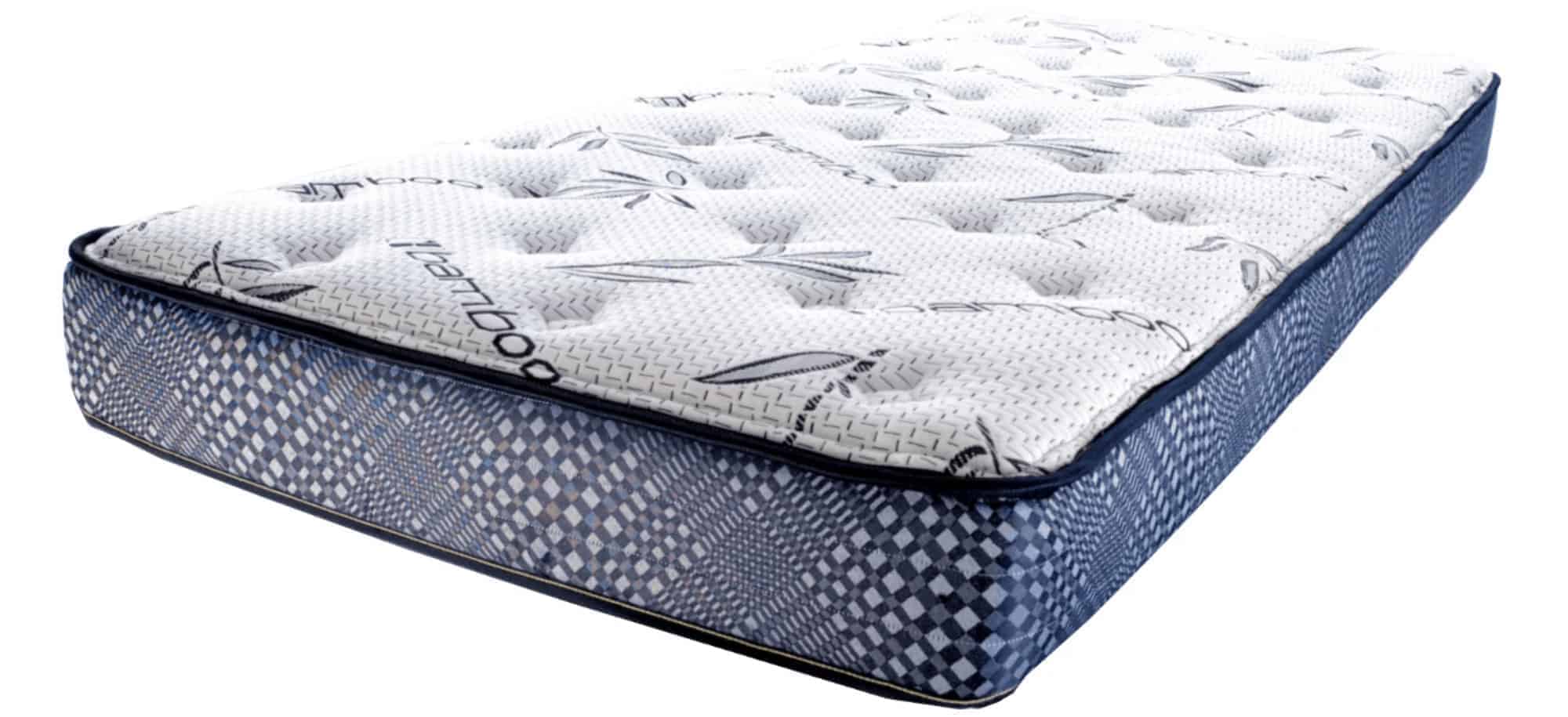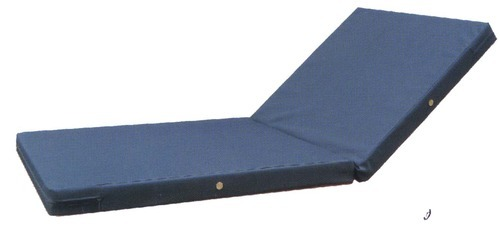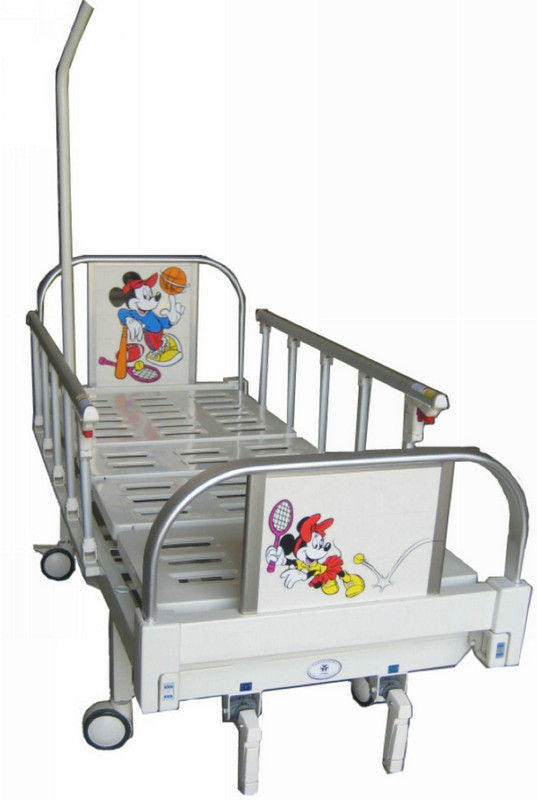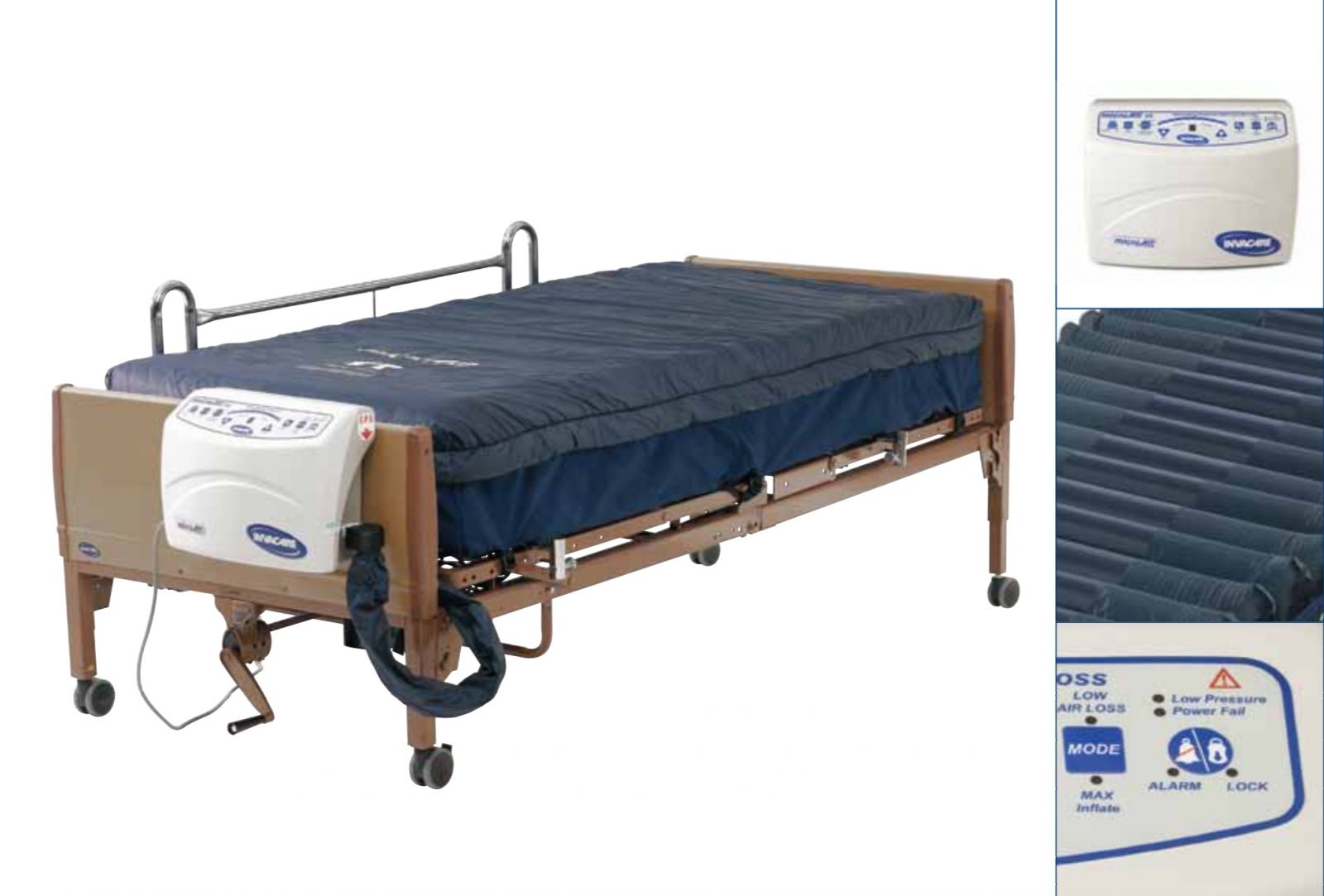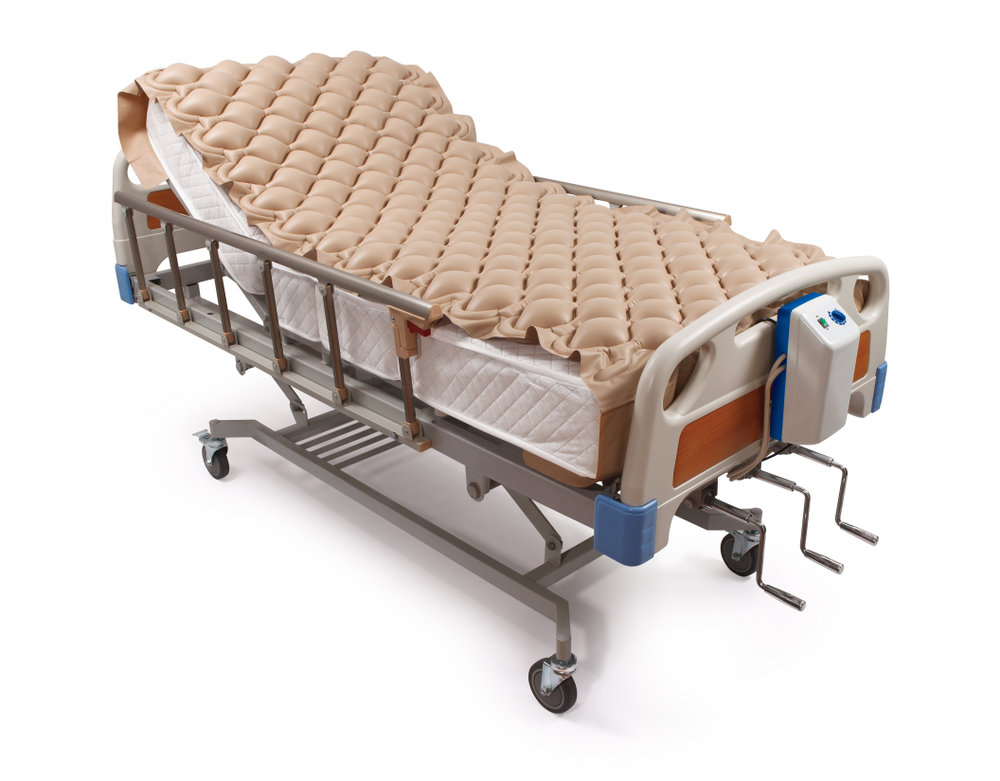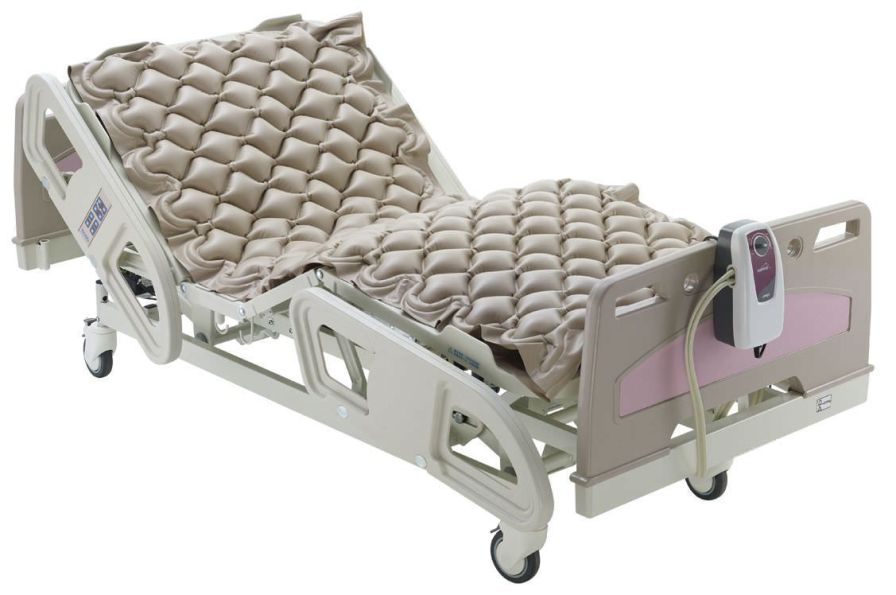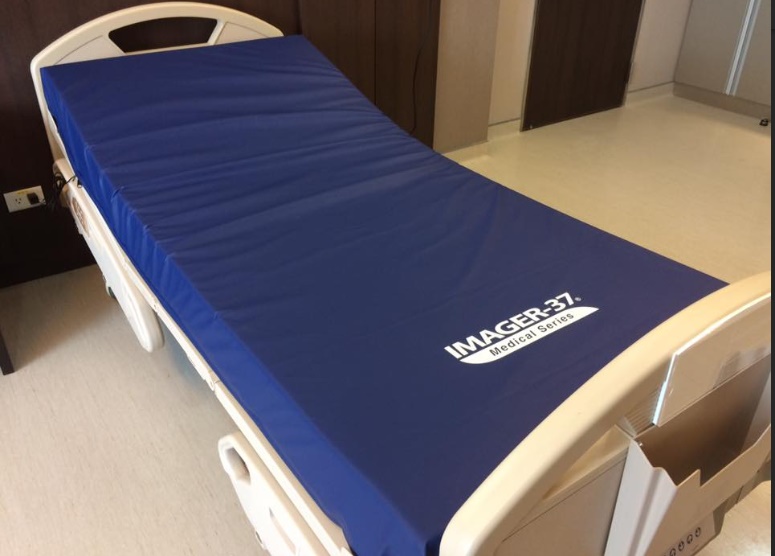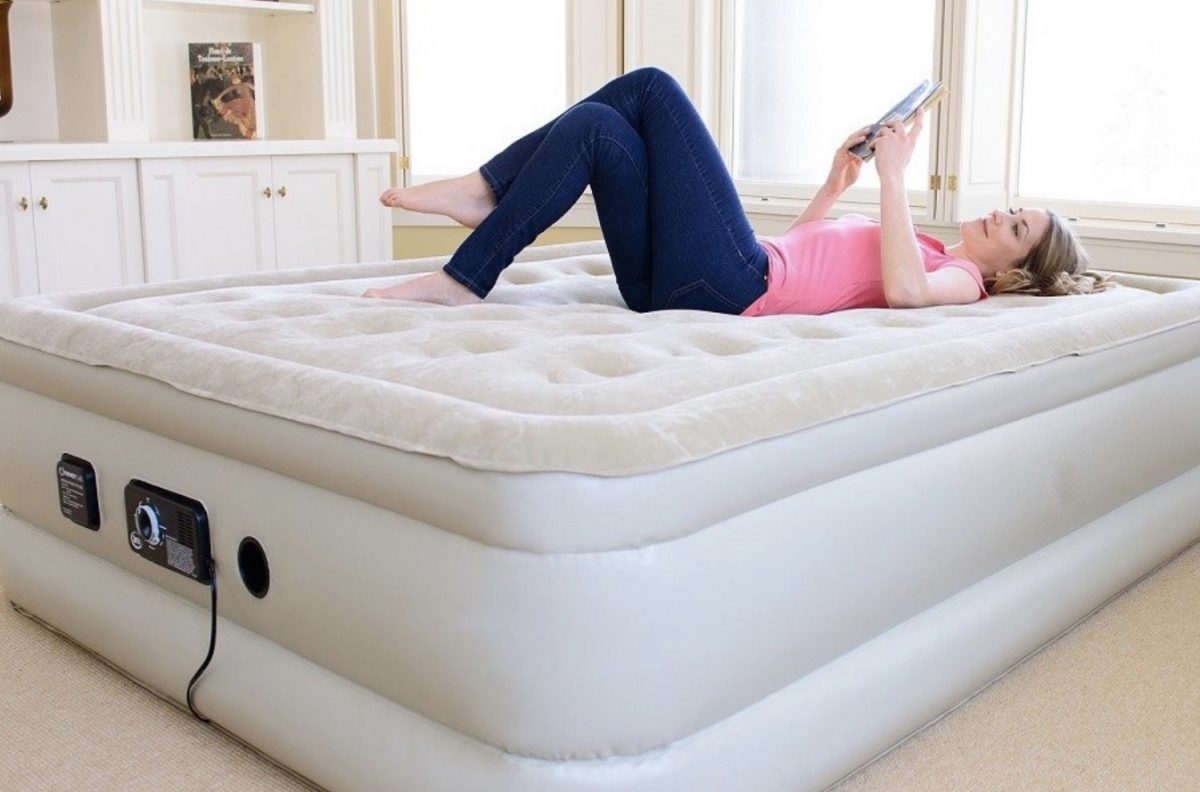1. Alternating Pressure Mattress for Hospital Beds
If you or a loved one is currently in a hospital bed, you know how important it is to have a comfortable and supportive mattress. One type of mattress that is gaining popularity in the medical field is the alternating pressure mattress. This type of mattress is designed to provide pressure relief to different areas of the body, making it ideal for patients who are at risk for developing pressure ulcers or bedsores.
The alternating pressure mattress works by using a series of air cells that inflate and deflate in a cyclical pattern. This allows for different areas of the body to be relieved from pressure while others are supported. This type of mattress is also beneficial for patients who have limited mobility as it helps to promote blood flow and prevent stiffness and muscle atrophy.
If you or your loved one is in need of an alternating pressure mattress for a hospital bed, be sure to look for one that is made with high-quality materials and has adjustable settings for pressure and cycle time. This will ensure maximum comfort and effectiveness.
2. Air Mattress Overlay for Hospital Beds
If you are looking for a more budget-friendly option for pressure relief, an air mattress overlay may be the solution for you. These overlays are placed on top of an existing mattress and use the same alternating pressure technology as a full mattress, but at a fraction of the cost.
One advantage of using an air mattress overlay is that it can easily be moved from one hospital bed to another, making it a versatile option for caregivers or medical facilities. It is also lightweight and easy to clean, making it a convenient choice for those who are in need of pressure relief while in a hospital bed.
To ensure the best results, look for an air mattress overlay that is made with durable and puncture-resistant materials. You should also consider the weight capacity and adjustability options to find the right fit for your needs.
3. Pressure Redistribution Mattress for Hospital Beds
For patients who require long-term bed rest, a pressure redistribution mattress may be the best choice for comfort and prevention of pressure ulcers. These mattresses are designed to evenly distribute weight and pressure, reducing the risk of developing bedsores.
Pressure redistribution mattresses come in various forms, including foam, air, and gel. They are typically made with multiple layers and zones to provide targeted support and pressure relief to different parts of the body. This can be especially beneficial for patients who have existing pressure injuries or who are at high risk for developing them.
When choosing a pressure redistribution mattress, make sure to consider the materials used and the weight capacity. You should also consider the level of support and pressure relief needed for your specific medical condition.
4. Low Air Loss Mattress for Hospital Beds
For patients who are at risk for developing pressure ulcers, a low air loss mattress may be the right choice. These mattresses use a system of air cells that are constantly filled with air to provide a cushioned and pressure-free surface for the patient.
The constant flow of air through the mattress also helps to keep the patient's skin dry and cool, reducing the risk of developing moisture-related skin problems. The low air loss feature can also be beneficial for patients who have difficulty with temperature regulation.
When looking for a low air loss mattress, make sure to consider the level of air flow and pressure relief, as well as the weight capacity and adjustability options.
5. Bariatric Floating Mattress for Hospital Beds
For patients who require a higher weight capacity, a bariatric floating mattress may be the best option. These mattresses are specifically designed for patients who weigh over 300 pounds and need additional support and pressure relief.
These mattresses are typically made with high-density foam or air cells to provide maximum support and pressure relief. They also have a higher weight capacity and may have additional features such as adjustable firmness and pressure settings.
If you or a loved one requires a bariatric floating mattress, be sure to carefully consider the weight capacity and materials used in the construction of the mattress to ensure it can provide the necessary support and comfort.
6. Gel Overlay Mattress for Hospital Beds
Gel overlay mattresses are another budget-friendly option for pressure relief. These overlays are made with a layer of gel that conforms to the body, providing a cushioned and pressure-free surface for the patient.
In addition to pressure relief, gel overlay mattresses can also help with temperature regulation and moisture management. They are also lightweight and easy to clean, making them a convenient choice for caregivers and medical facilities.
When choosing a gel overlay mattress, look for one that is made with medical-grade materials and has a high weight capacity and adjustability options.
7. Water Mattress for Hospital Beds
If you are looking for a more natural and environmentally-friendly option for a hospital bed mattress, a water mattress may be the right choice for you. These mattresses use water as the main source of support and pressure relief.
The water in the mattress is contained in individual cells, allowing for targeted support and pressure relief. This can be beneficial for patients who have specific areas of the body that require more support or pressure relief.
When considering a water mattress, make sure to carefully consider the materials used and the weight capacity to ensure maximum comfort and effectiveness.
8. Foam Mattress for Hospital Beds
One of the most commonly used types of mattresses in hospital beds is foam mattresses. These mattresses are made with layers of foam that provide support and pressure relief to the patient.
Foam mattresses come in various types and densities, so it is important to choose one that is suitable for your specific needs. They are also typically more affordable than other types of hospital bed mattresses.
When choosing a foam mattress, make sure to consider the density, thickness, and materials used to ensure the right level of support and comfort.
9. Air Flotation Mattress for Hospital Beds
For patients who require a high level of pressure relief, an air flotation mattress may be the best option. These mattresses use a series of air cells that inflate and deflate to provide a cushioned and pressure-free surface for the patient.
The air flotation technology also helps to promote blood flow and prevent stiffness and muscle atrophy. It can also be beneficial for patients who have existing pressure injuries or who are at high risk for developing them.
If you are considering an air flotation mattress, make sure to carefully consider the weight capacity and adjustability options to find the right fit for your needs.
10. Pressure Ulcer Prevention Mattress for Hospital Beds
Finally, for patients who are at high risk for developing pressure ulcers, a pressure ulcer prevention mattress may be the best option. These mattresses are designed specifically to prevent the development of pressure injuries by evenly distributing weight and pressure.
Pressure ulcer prevention mattresses come in various forms, including foam, air, and gel. They are typically made with multiple layers and zones to provide targeted support and pressure relief to different parts of the body.
When choosing a pressure ulcer prevention mattress, make sure to consider the materials used and the level of support needed for your specific medical condition.
In conclusion, when looking for a floating mattress for a hospital bed, there are various options to choose from. It is important to carefully consider the materials, weight capacity, and adjustability options to find the right fit for your specific needs. With the right mattress, you or your loved one can experience maximum comfort and pressure relief while in a hospital bed.
The Benefits of Using a Floating Mattress for Hospital Beds

Improved Comfort and Pressure Relief
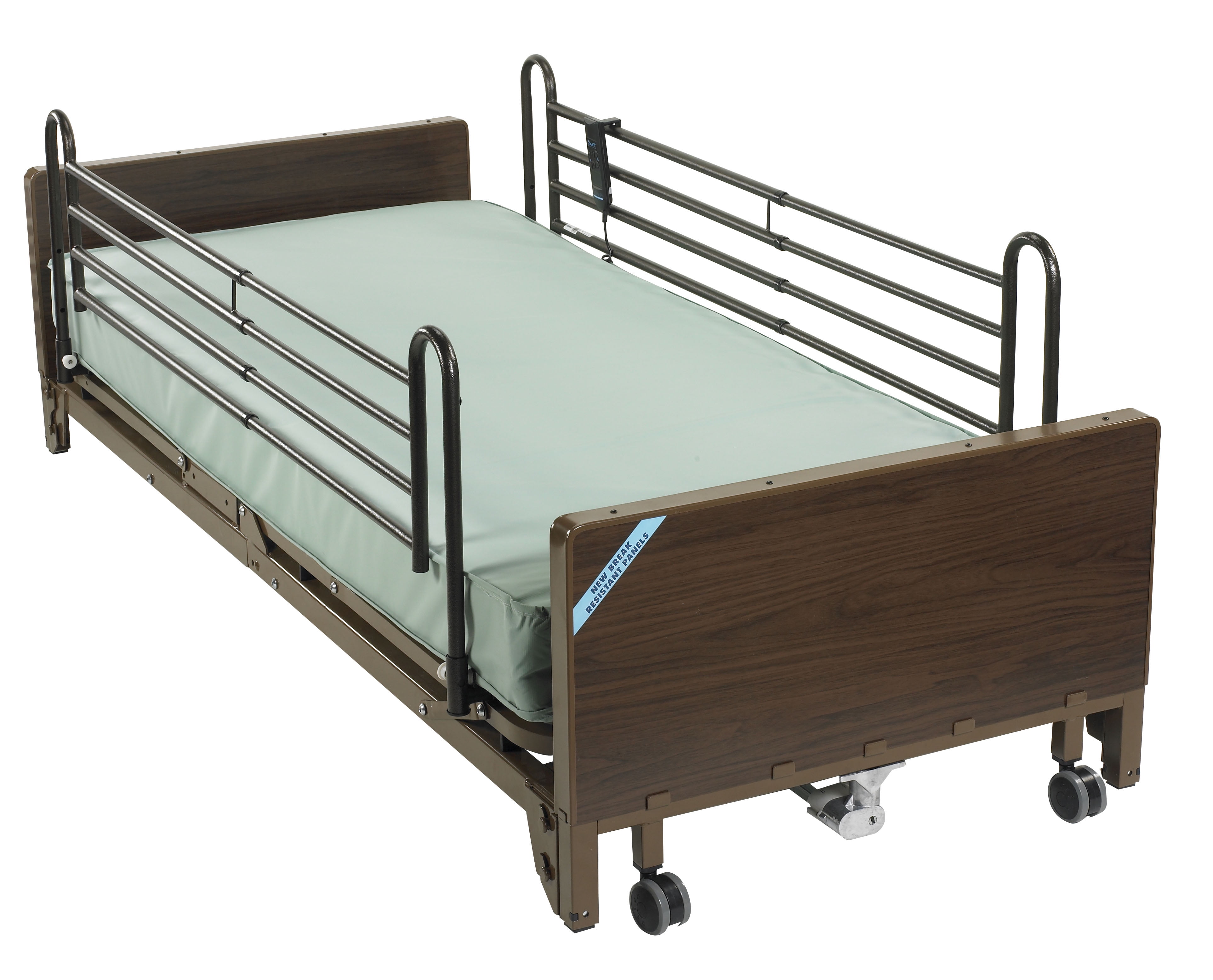 One of the main benefits of using a floating mattress for hospital beds is the improved comfort and pressure relief it provides for patients. These mattresses are designed with advanced technology that allows them to adjust to the body's shape and distribute weight evenly, reducing pressure on specific areas such as the hips and shoulders. This can be especially beneficial for patients who are bedridden, as it helps prevent the development of pressure ulcers and other skin issues.
One of the main benefits of using a floating mattress for hospital beds is the improved comfort and pressure relief it provides for patients. These mattresses are designed with advanced technology that allows them to adjust to the body's shape and distribute weight evenly, reducing pressure on specific areas such as the hips and shoulders. This can be especially beneficial for patients who are bedridden, as it helps prevent the development of pressure ulcers and other skin issues.
Enhanced Safety and Stability
 Another advantage of using a floating mattress is the enhanced safety and stability it offers. These mattresses are equipped with features such as air cells or water chambers that can be adjusted to provide the right level of support and prevent the patient from sinking too deeply into the mattress. This helps reduce the risk of falls or injuries while getting in and out of bed, making it a safer option for hospital patients.
Another advantage of using a floating mattress is the enhanced safety and stability it offers. These mattresses are equipped with features such as air cells or water chambers that can be adjusted to provide the right level of support and prevent the patient from sinking too deeply into the mattress. This helps reduce the risk of falls or injuries while getting in and out of bed, making it a safer option for hospital patients.
Improved Sleep Quality
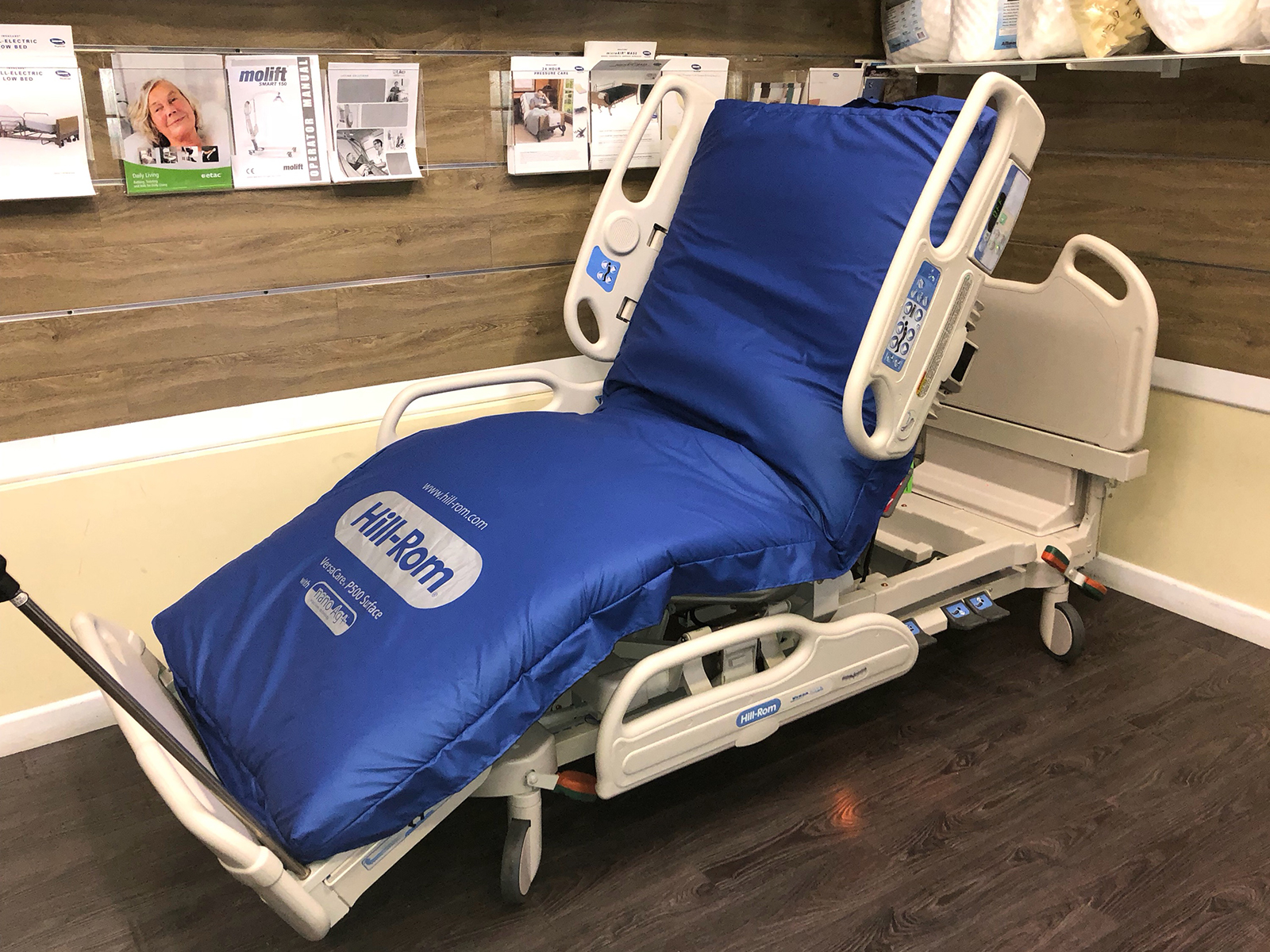 A good night's sleep is essential for patients to recover and heal properly. The floating design of these mattresses allows for better air circulation and temperature regulation, keeping patients cool and comfortable throughout the night. The pressure-relieving properties also help reduce pain and discomfort, allowing patients to sleep more soundly. This can have a positive impact on their overall health and well-being.
A good night's sleep is essential for patients to recover and heal properly. The floating design of these mattresses allows for better air circulation and temperature regulation, keeping patients cool and comfortable throughout the night. The pressure-relieving properties also help reduce pain and discomfort, allowing patients to sleep more soundly. This can have a positive impact on their overall health and well-being.
Easy Maintenance and Cleaning
 Hospital beds and mattresses require frequent cleaning and maintenance to ensure a hygienic and safe environment for patients. Floating mattresses are designed with materials that are easy to clean and disinfect, reducing the risk of infections and cross-contamination. This makes it an ideal choice for hospital settings where maintaining a clean and sterile environment is crucial.
Hospital beds and mattresses require frequent cleaning and maintenance to ensure a hygienic and safe environment for patients. Floating mattresses are designed with materials that are easy to clean and disinfect, reducing the risk of infections and cross-contamination. This makes it an ideal choice for hospital settings where maintaining a clean and sterile environment is crucial.
Considerations for Choosing a Floating Mattress
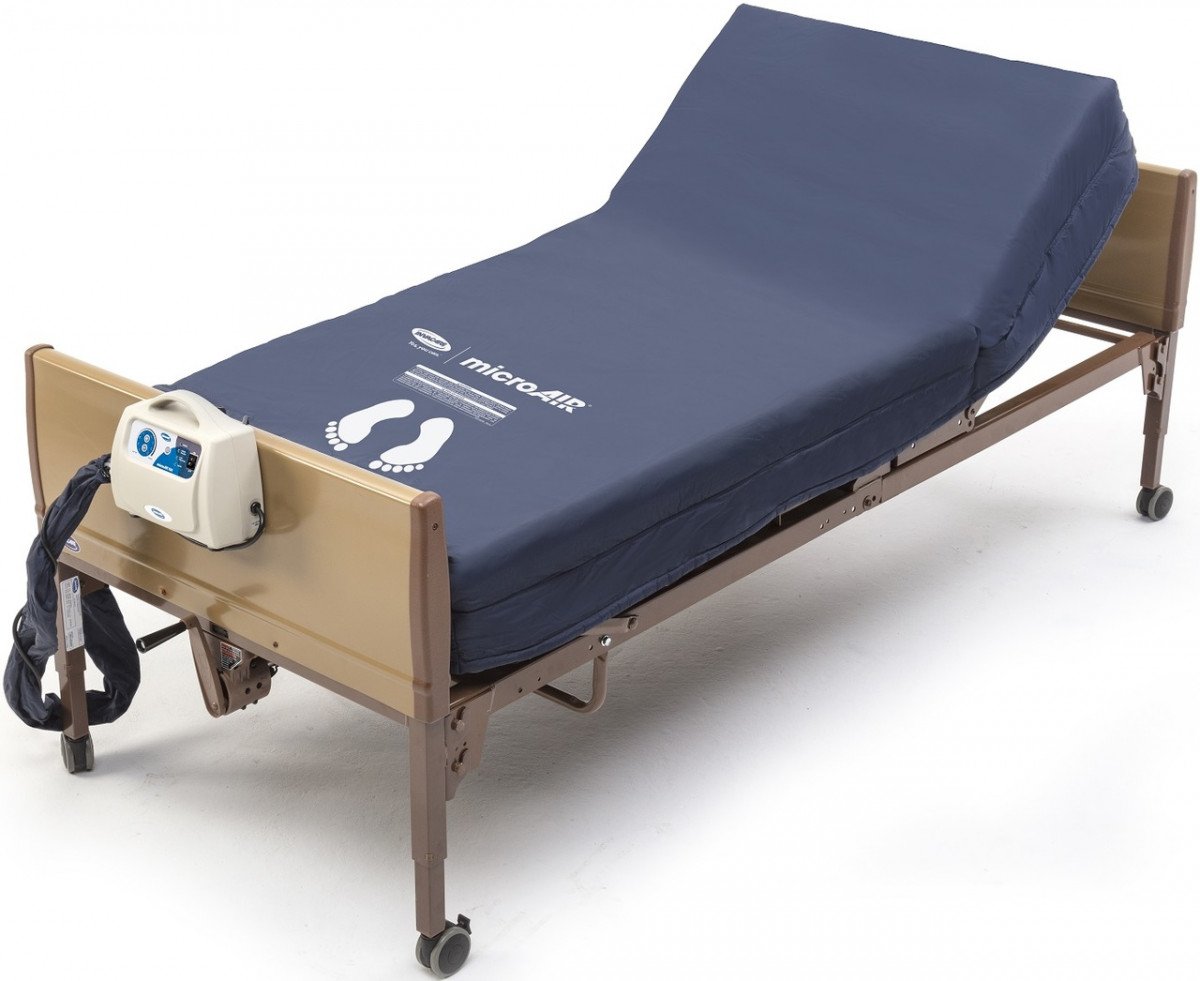 When considering a floating mattress for a hospital bed, it's important to look for features such as adjustable firmness, weight capacity, and ease of cleaning. It's also essential to consult with healthcare professionals to determine the best type of mattress for the patient's specific needs. With the right floating mattress, patients can experience improved comfort, safety, and sleep quality, ultimately aiding in their recovery process.
When considering a floating mattress for a hospital bed, it's important to look for features such as adjustable firmness, weight capacity, and ease of cleaning. It's also essential to consult with healthcare professionals to determine the best type of mattress for the patient's specific needs. With the right floating mattress, patients can experience improved comfort, safety, and sleep quality, ultimately aiding in their recovery process.
